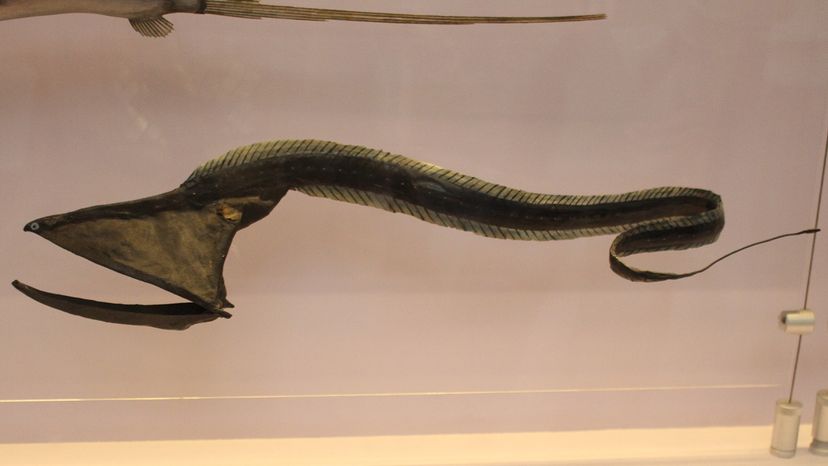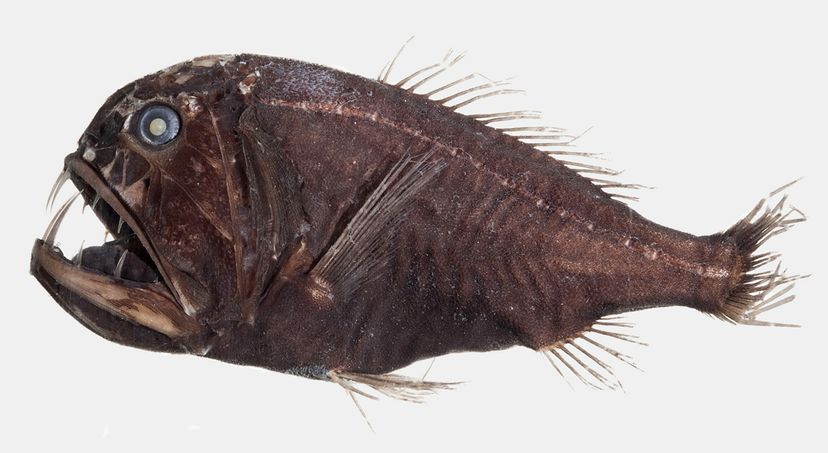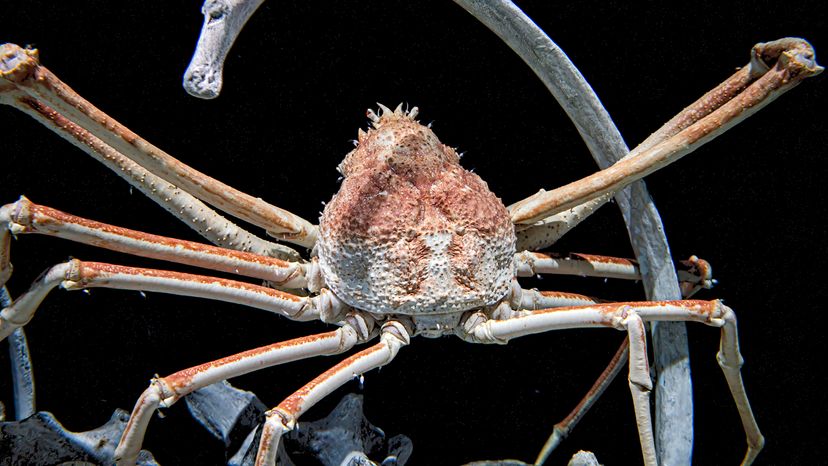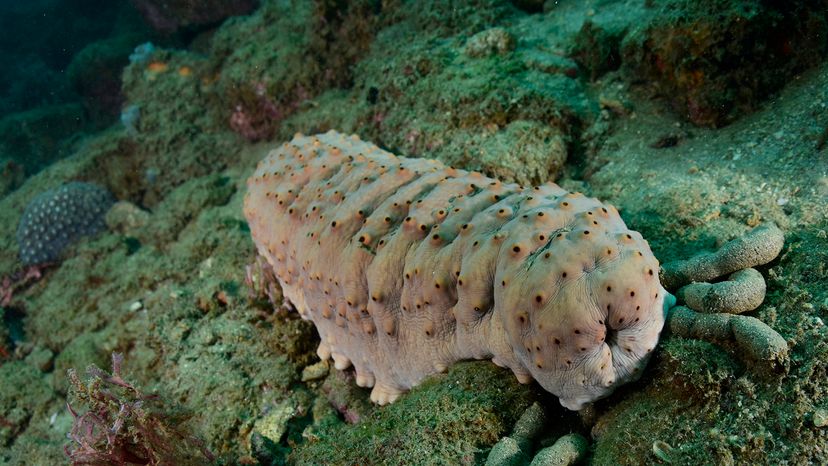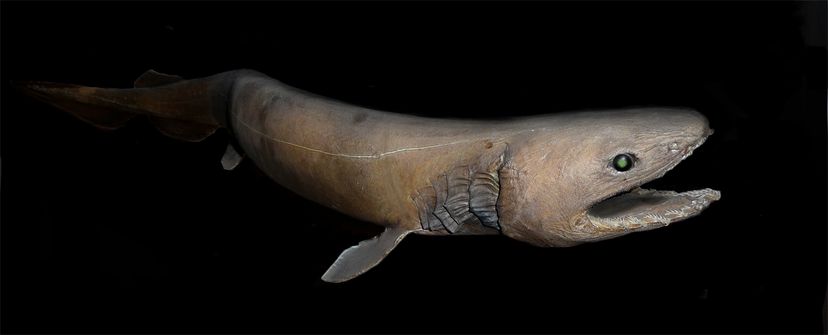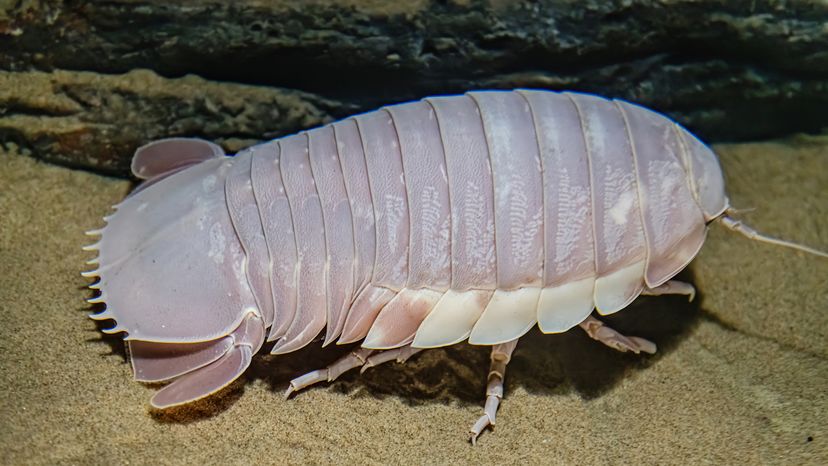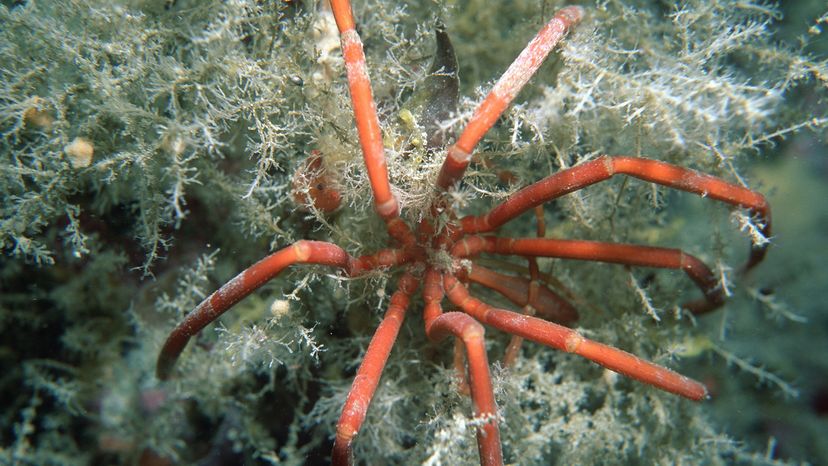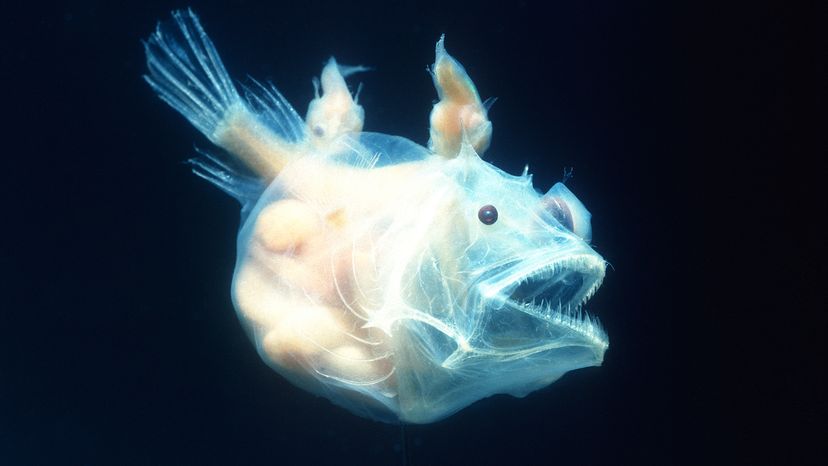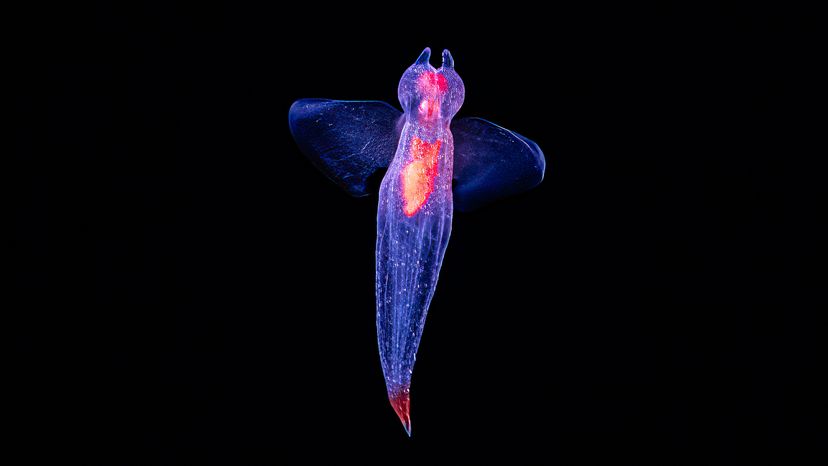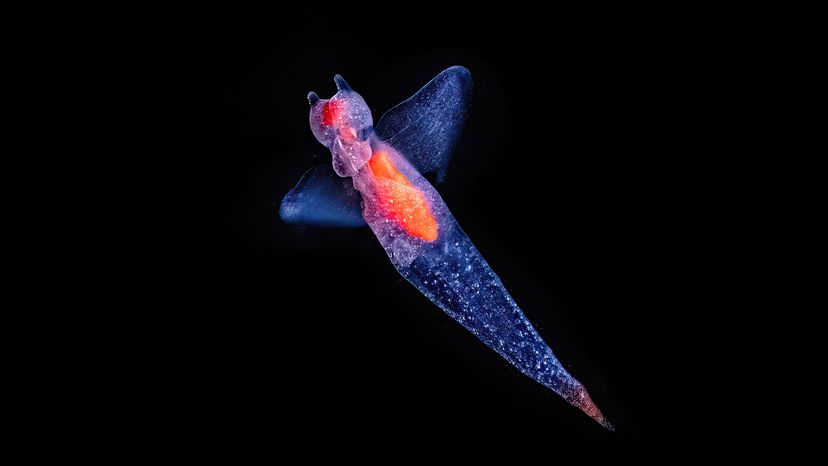
Far below the ocean's surface, in the dark depths of the deep sea floor ecosystem, exists an entire world of deep sea creatures that humans rarely glimpse.
It's one of the planet's largest ecosystems and can reach up to 35,876 feet (or 10,935 meters) deep. It's filled with marine snow, the shower of organic materials that fall down from the shallow waters that provide food for many deep-sea organisms. And it remains relatively unexplored.
Advertisement
Here are some of the animals in the deep floors of the Pacific, Antarctic, Atlantic and Indian Oceans that we do know something about.
